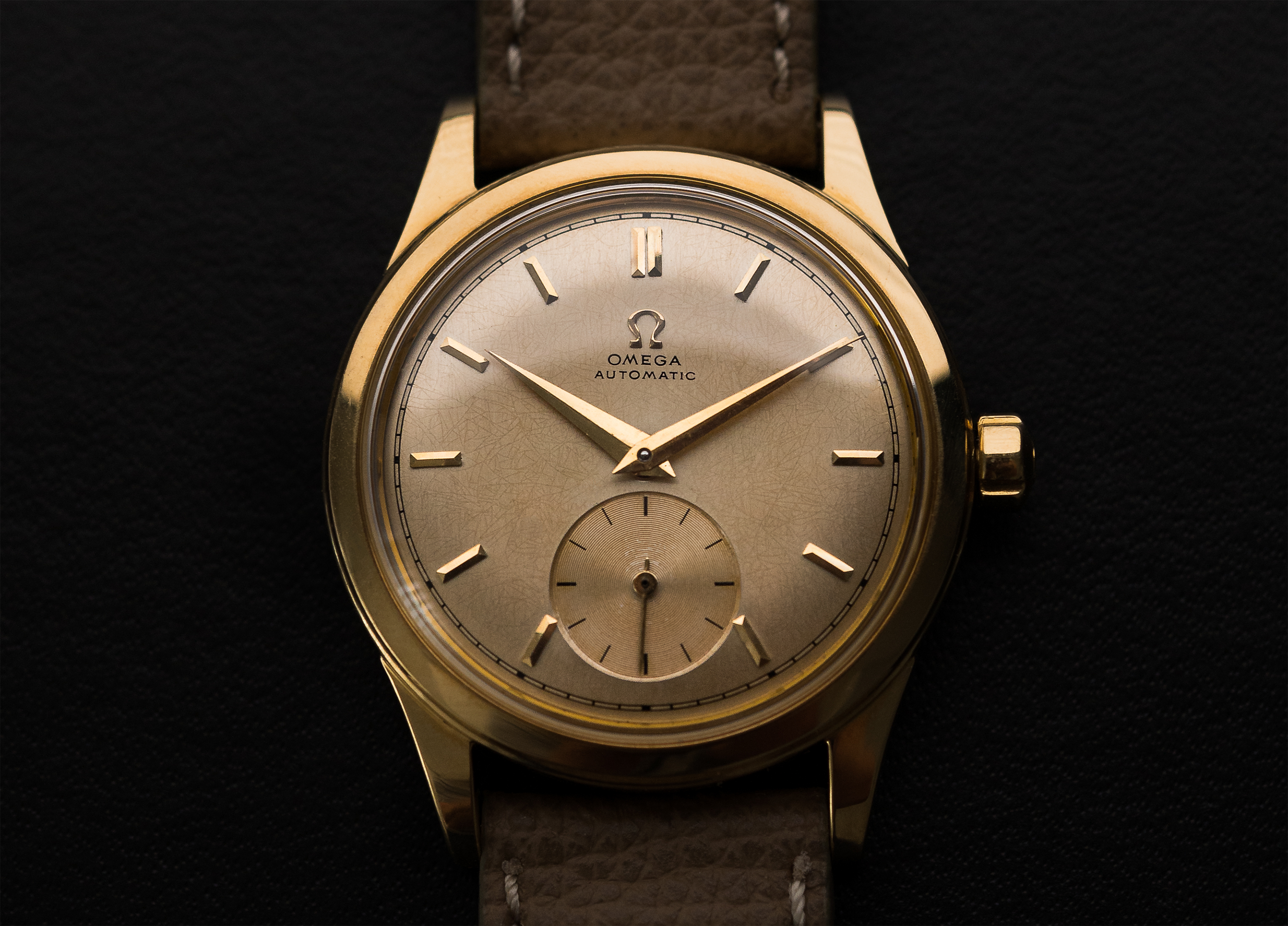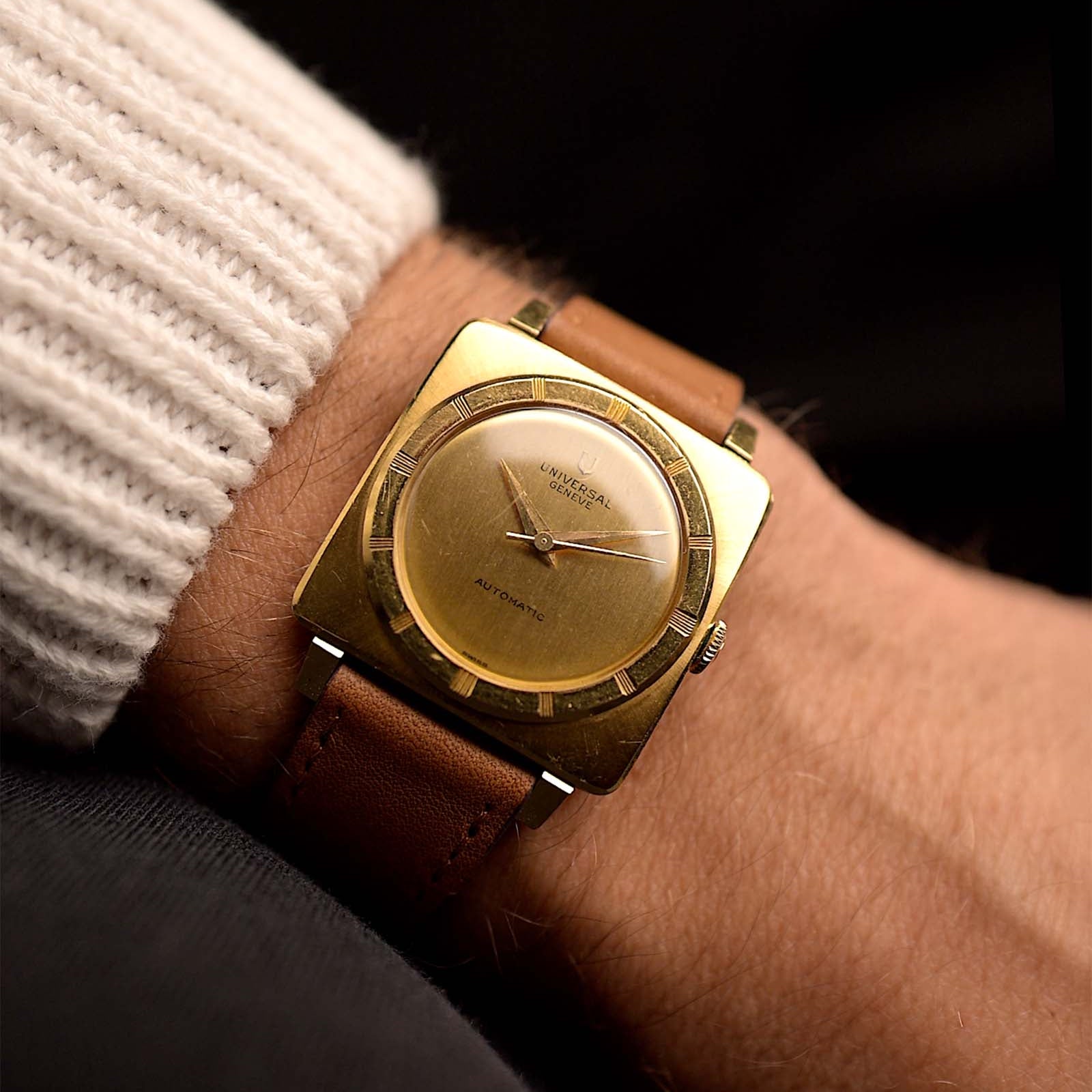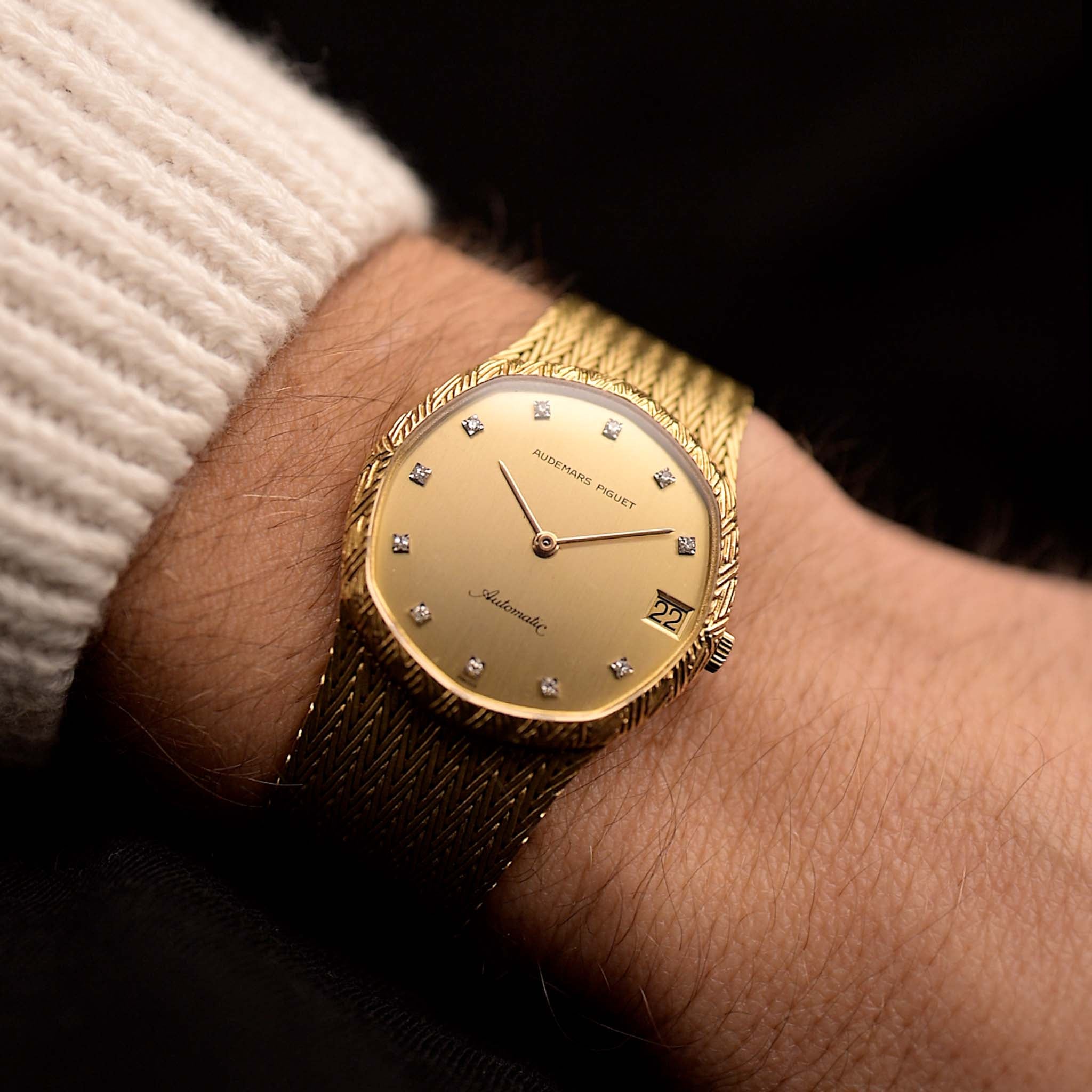Let’s talk about time. How did the watch world look like back in the post-war era of the Fifties? Is there a common design language that defines the time? In this series I will take a closer look how key design features distribute through the ages
August 31, 2021
Watches of the 1950s - A Matter of Style
 Marcus Siems @siemswatches
Marcus Siems @siemswatches
Collector, Author, Data Analyst
Let’s talk about time. There are so many great blogs and articles about vintage watches, bringing us closer to all those classic pieces. Very entertaining stories but a so far unanswered question is: can these watches be windows to the times they were born into? Let’s take on for example the watch world of the 1950s. A world that left us with the Submariner, the Speedmaster and the Polerouter: Beautiful icons that survived the test of time. Yet, do we still know and enjoy these pieces because they were commonly accepted or because they were ahead of their peers? To truly appreciate what was special at the time one needs to understand what was normal. What defined the 1950s watch-world, what made a 1950s watch nut tick? Is there even something like a classic 1950s design language?

Rolex Zephyr, Patek Philippe Dress Watch, Omega Seamaster, Omega Tuxedo, Jaeger LeCoultre Memovox, Universal Geneve Calatrava - Beautiful vintage watches and one of them represents the characteristic 1950s watch design... So which one do you think it is? Photos @goldammer.me
Looking at the examples above, which one oozes 50s for you? Can you point to the details that define the decade? Be assured, at least one of these fine examples is the watch with clear 1950s zeitgeist.
In this series I want to take a closer look at the watch world with the loupe of quantitative data-analysis. It might sound complicated but I promise you it will be fun. I collected data from over 2500 watches publicly listed on chrono24[1] and assessed several key design elements of watches throughout the last 80 years.
Without further ado, let’s begin the journey through time. In this first piece I’ll define our watches by its overall appearance before we go into the finer details. Here, I take five major watch types into consideration: dress watches (i.e. Patek Philippe Calatrava), dress casual (Rolex Bubble-Back), dive watch (Rolex Submariner), chronograph (Omega Speedmaster) and military/field watches (Longines Weems). All of those examples were available at the time but which type was a rather rare gem and which did fit the general taste? So, what did the 1950s gentleman graze his wrist with?

Figure 1. Distribution of watch types between 1940 and 1975. You can see a clear accumulation of dress watches throughout the 1950s. Beginning in the early-1960s other types - particularly chronographs, dive watches and more casual pieces - become increasingly popular.
In the data we can see that 1950s watch collections were heavily stocked with dress watches. The specialization of watch types, so-called tool watches, has not reached the general public just yet[2]. The watch itself is the tool and multi-functionality is just evolving. The only two real exceptions were military watches that served a very specific purpose and were majorly produced during WWII and chronographs – similarly pushed through war times – that had their first appearance in the mass market between the 1940s and early-50s.
From that perspective our three examples, Submariner, Speedmaster and Polerouter, were clearly ahead of their time in not only design but also utility. The Omega Speedmaster – first established in 1957[3] – is a precursor of the second chronograph wave peaking around 1970. Dive watches were just starting to appear in the early 1950s and just a few years later became a design archetype fit for the general taste. And the classic dress watch became sportier and sturdier. The steel-sports watch design has its origins in our decade of interest. Here, the Polerouter is itself a perfect example of this transition; it pairs classic elegance with the robustness to withstand flights over the poles. It’s the modern definition of an all-round dress watch.
The 1950s… It’s a dress watch decade. THE dress watch period if there ever was one. But we’re far from done. There’s so much more to learn how these dress watches looked like. What details made them special? Were it hands, hour marker, case-shape, size? We’ll find out. Next stop: Dial color.
Check out the the other parts of the series here:
Part I: A Matter of Style
Part II: Dial Color
Part III: Hot Hands
Part IV: Hour Marker
References
[1] Watches from Chrono24, extracted 2020 Nov. 29th; Karlsruhe, Germany;
[2] History of Men’s Watches – 1900s to 1960s; Vintage Dancer;
https://vintagedancer.com/vintage/history-mens-watches/
[3] The Omega Speedmaster history; Alessandro Mazzardo, Time And Watches;
https://www.timeandwatches.com/p/history-of-omega-speedmaster.html
All rights on text and graphics reserved to the Author




























5 comments
Great read, thank you for sharing!
I appreciate the quantitative data analysis. Looking forward to seeing this approach applied to your future posts!
Kudos, nice read!
Such a good read! Thanks for sharing
This is very cool. Look forward to reading more on this series.
Leave a comment